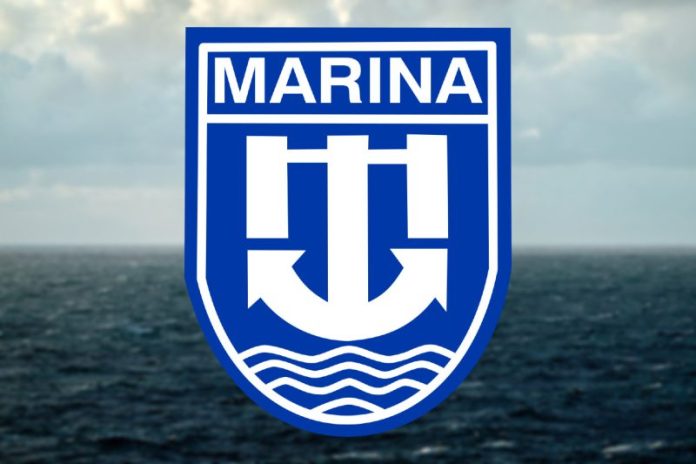-
MARINA introduced three digital projects to automate its certification system, optimize shipping routes, and monitor energy use in the maritime industry
-
The projects are the MARINA Blockchain-Enabled Automated Certification System, Maritime Transportation Information System, and Maritime Energy Demand Information and Analysis Software
-
MARINA BEST is an online app that streamlines processes and enhances security with blockchain technology
-
MARIS collaborates with the University of the Philippines on a software that helps analyze maritime traffic and market scenarios
-
MEDIANS collects environmental data to estimate energy consumption and greenhouse gas emissions in the maritime sector, aiding in environmental sustainability efforts
The Maritime Industry Authority (MARINA) introduced three digital projects that will automate its certification system, optimize shipping routes, and monitor energy use in the maritime industry.
The MARINA Blockchain-Enabled Automated Certification System (MARINA BEST), Maritime Transportation Information System (MARIS), and Maritime Energy Demand Information and Analysis Software (MEDIANS) were introduced at a public orientation on November 6.
MARINA administrator Hernani Fabia, represented by Samuel Batalla, said the projects are part of the 2023-2028 Maritime Industry Development Plan that focuses on sustainable innovation, digitalization and knowledge.
MARINA BEST is an advanced web app for handling applications at the maritime agency. It improves online services, allowing contactless transactions. It is secured with blockchain technology and creates a unified information system.
With MARINA BEST, all applications will be online in real-time, accessible through web or mobile, using electronic certificates and licenses. It offers online payments, updates, and tracking, plus notifications for certificate expiration. It covers various agency processes, involving shipyard operators, seafarers, and more.
The project is a joint effort with Microbase, Inc. and Ideyateach, Inc., for launch in June 2024. User training will start regionally from January to May 2024.
MARIS, on the other hand, is a project designed to fill the gap in the understanding of maritime traffic in the Philippines. Currently, there is no system in any government agency that analyzes routes and their capacities across the country.
The project has produced a software called Navis, which was developed in partnership with the University of the Philippines (UP) and funded by the Department of Science and Technology.
Navis helps MARINA create an information structure to evaluate different market scenarios and existing transport routes, John Justine Villar, the project lead and professor at UP Department of Computer Science, explained during the public orientation. It serves as a tool for decision-makers to predict future demand for maritime transport route improvements.
Navis, currently on its second version, has three important components:
- Singular route analysis, which identifies possible trips, occupancy, and the profitability of a chosen fleet
- Missionary route analysis, assessing the feasibility of future routes by studying factors influencing traveler behavior
- Network-wide analysis, measuring capacity at a selected hub port by examining connected routes
The system also offers additional features, including a database manager, route capacity measurement tool, cost-benefit report, and a scenario manager. Villar emphasized that Navis will enable MARINA to assess vessel supply and demand, fair pricing, and route optimization.
MEDIANS, a project with the same partners as MARIS plus Seashore Transport Supplies and Services Inc., is a system that deals with energy use and pollution of maritime transport.
The maritime sector uses a lot of energy and produces greenhouse gasses, but they struggle to measure these effects accurately due to limited data and methods, Villar said.
The Philippines is part of global efforts to reduce pollution and promote environmentally friendly maritime practices. MEDIANS will collect data about the environment and quickly estimate how much energy ships use and the gasses they emit based on their activities.
MEDIANS comes with cloud-based monitoring, energy demand calculations, predictions, and policy assessments. Its modules include monitoring energy use and efficiency, emissions calculations, and ship registration. It also helps with reporting voyages, energy use, and loads.
Villar noted MEDIANS uses guidelines from the International Maritime Organization (IMO) to create its detailed models from the ground up. The system will help make sure ships are efficient and environmentally friendly.
No set timeline for MARIS and MEDIANS rollout was provided, but MARINA will offer training for both projects.





